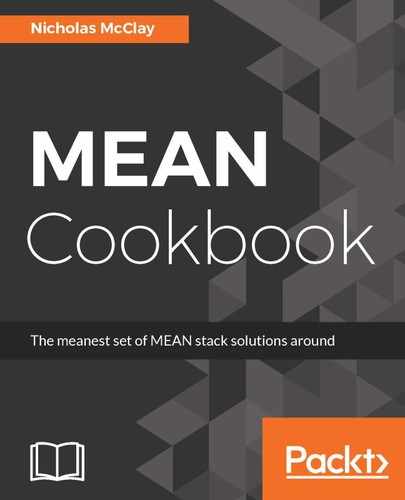There is one more HTTP method supported by resource-router-middleware, that is, the PATCH method. There is quite a lot of confusion about when to use PATCH versus when to use PUT in your REST API. Let's review the official RFC 5789 specification for PATCH and PUT to better understand the difference:
https://tools.ietf.org/html/rfc5789
In short, PUT is considered a replacement for a resource, whereas PATCH is considered a modification to an existing resource. Technically speaking, our REST API is not in compliance with this definition. This is a surprisingly common situation for web application APIs; PUT as an update operation is often treated as PATCH, although they are technically very different ways to change the state of a resource. To correct this, we will need to introduce a new modify method to our middleware and change our update method:
...
update : function(req, res) {
var id = req.params[resourceId];
find(id, function(item, i) {
if (item) {
store.splice(i, 1);
item.id = id;
store.push(item);
return res.status(204).send('Replaced');
} else {
res.status(404).send('Not found');
}
});
},
modify : function(req, res) {
var id = req.params[resourceId];
find(id, function(item, i) {
if (item) {
Object.assign(store[i], req.body);
return res.status(204).send('Accepted');
} else {
res.status(404).send('Not found');
}
});
},
...
This change allows our PUT update calls to completely rewrite an object, except for its ID, whereas PATCH will only modify an existing resource, including being able to update the ID. Ultimately, we end up with a slightly more flexible REST API, but the choice of how you implement your API's logic is up to you.
https://github.com/developit/resource-router-middleware
